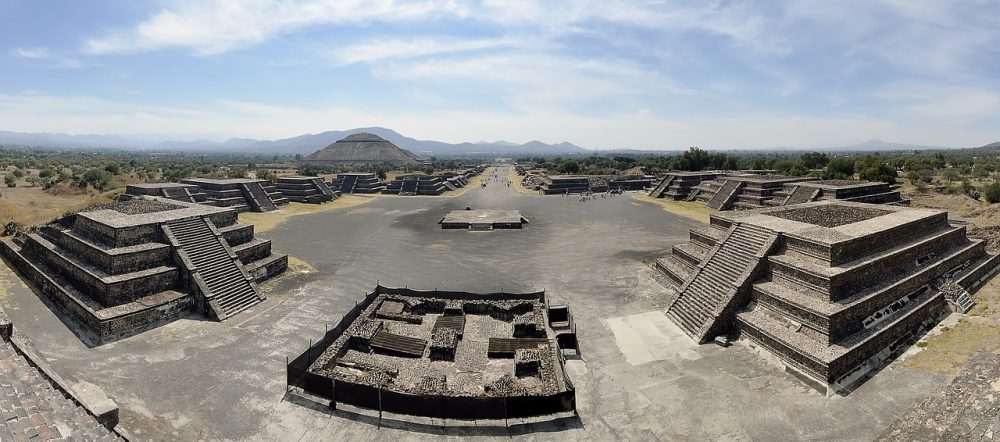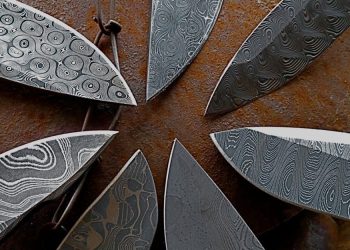The ancient city of Teotihuacan reached its zenith between 100 B.C. and 750 A.D. It was once one of the world’s largest settlements, possibly supporting up to 200,000 inhabitants. The identity of the city’s original builders remains a mystery.
Mexican archaeologists have confirmed the presence of an underground chamber and tunnel beneath the Pyramid of the Moon in the archaeological zone of Teotihuacán. Experts believe this “passage to the underworld” was used for ritual purposes and that the tunnels likely contain skeletons with elongated skulls, among other curiosities.
The first evidence hinting at the underground chamber’s existence was discovered in studies conducted in 2017. Its existence was later confirmed through a joint study by the National Institute of Anthropology and History of Mexico (INAH) and the Institute of Geophysics of the National Autonomous University of Mexico (UNAM).
The chamber, located eight meters below the Pyramid, has a 15-meter diameter and connects to a tunnel that extends south of the Plaza de la Luna. Experts suspect additional entrances may exist. Verónica Ortega, director of the Integral Conservation Project of the Plaza de la Luna, stressed the importance of obtaining a complete radiography to identify all possible access points.
The chamber and tunnel are believed to have been used for ritual purposes. The Plaza de la Luna, located at the northern end of the Calzada de Los Muertos, a processional avenue, is part of the city’s heart. The discovery confirms that the ancient Teotihuacans replicated tunnel patterns associated with their great monuments, which were likely intended to emulate the underworld.
While the contents of the chambers and tunnels remain unknown, experts have some ideas about what might be found. In explorations conducted during the late 1980s, archaeologists Rubén Cabrera and Saburo Sugiyama discovered skeletons with cranial deformations and various greenstone objects in tunnels excavated within the pyramid. Ortega explained that it is not difficult to imagine finding similar artifacts in the newly discovered tunnels.
Uncovering the contents of these chambers and tunnels could help unravel the relationships between this ancient metropolis and other regions of Mesoamerica, Ortega said.
PLEASE READ: Have something to add? Visit Curiosmos on Facebook. Join the discussion in our mobile Telegram group. Also, follow us on Google News. Interesting in history, mysteries, and more? Visit Ancient Library’s Telegram group and become part of an exclusive group.











